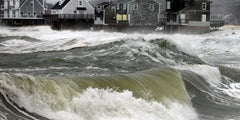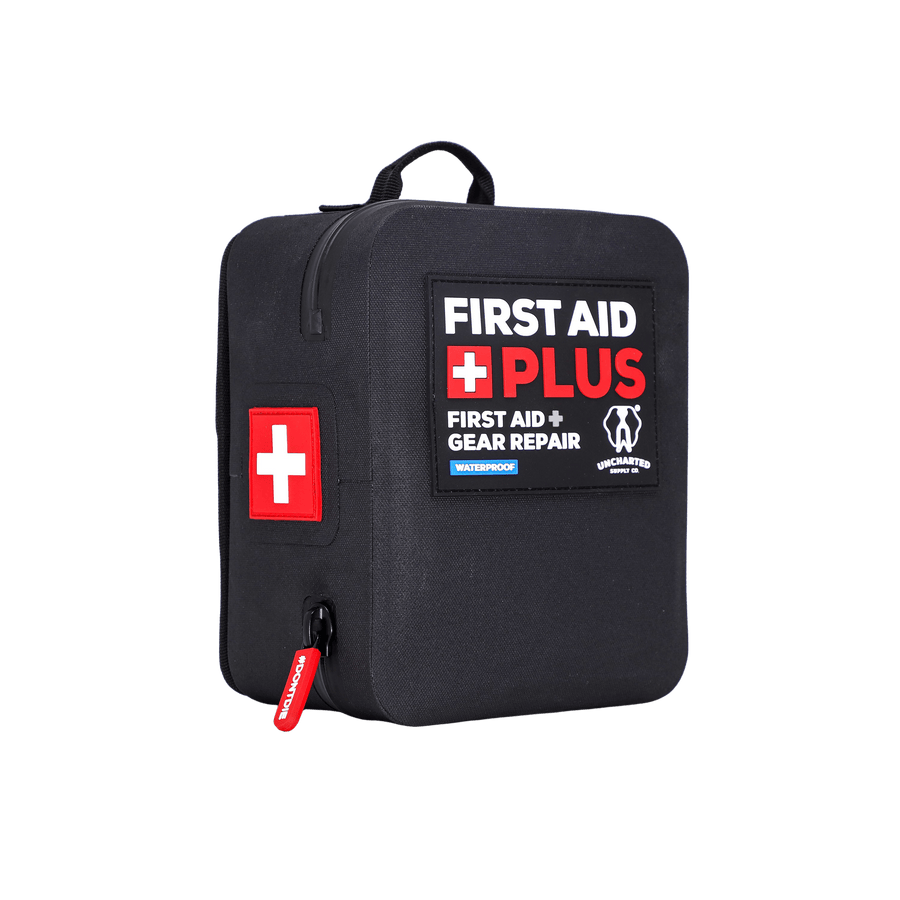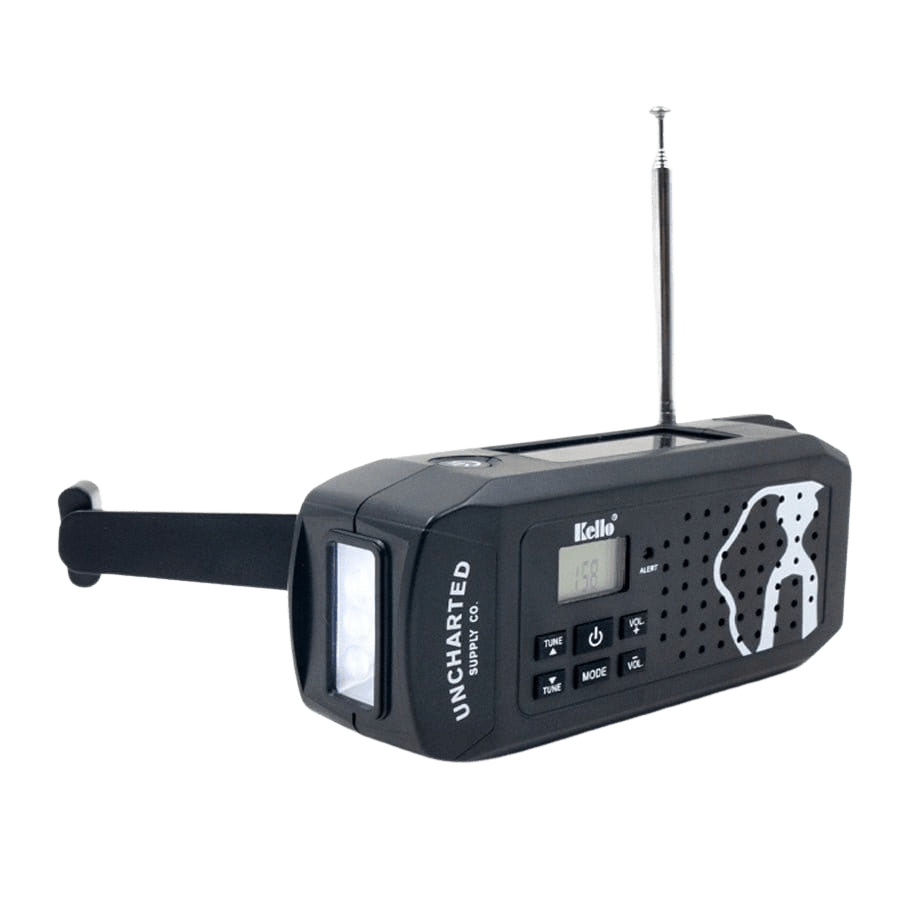Contents

When cold air from the north collides with warm, moisture-rich air from the Atlantic, the result can be powerful coastal weather—strong winds, flooding, and heavy rain or snow that can upend entire regions. Whether you live along the East Coast or anywhere storms make landfall, it’s vital to have a plan in place before severe weather strikes.
From nor’easters and tropical storms to hurricanes and flash floods, coastal weather systems share one thing in common: unpredictability. Below, you’ll find our essential checklist and preparation guide to help protect your family, your home, and your peace of mind—before, during, and after a storm.
Before the Storm
Preparation starts long before the first alert. Create an emergency plan that includes evacuation routes, nearby shelters, and communication strategies in case networks go down. Make sure every member of your household knows what to do, where to go, and what to bring.
Once a severe weather watch is issued, move quickly to secure your home:
- Bring in or secure outdoor furniture, grills, and garbage cans.
- Board or shutter windows to protect against flying debris.
- Prune trees and clear gutters to prevent water damage.
- Check that sump pumps and drains are clear and working.
- Charge electronics and portable batteries before potential outages.
- Fill bathtubs or containers with clean water for washing and flushing.
- Top off gas tanks and have extra cash on hand in case of power loss.
Storm Preparedness Checklist
Having a storm kit ready to go can make all the difference when weather conditions escalate. Keep it somewhere easy to grab—ideally in a waterproof container. Essentials include:
- Comprehensive emergency kit with survival basics for 72 hours
- First Aid Kit and prescription medications
- Portable power bank or jump starter for charging phones
- Crank or NOAA weather radio for emergency broadcasts
- Flashlight and extra batteries
- 3 days of water (1 gallon per person, per day) and non-perishable food
- Water filtration system
- Multi-tool or knife
- Paracord and duct tape
- Rain gear, gloves, and sturdy footwear
- Important documents (stored in waterproof pouch)
- Cash, maps, and copies of identification
- Pet food, leashes, and comfort items for animals
Essential Storm-Ready Gear
Shop the tools our team trusts when weather turns severe.
During the Storm
Once a storm is underway, safety is your top priority:
- Stay indoors and away from windows and glass doors.
- Monitor official alerts and instructions through trusted sources.
- Use text messages or social media to communicate; avoid phone calls when networks are overloaded.
- Do not attempt to drive through flooded roads—just one foot of water can sweep a car away.
- Unplug electronics and avoid using running water if lightning is active.
- Move to higher ground if flooding begins to threaten your area.
Stay calm, conserve your battery life, and keep your emergency kit nearby. If authorities issue an evacuation order, leave immediately and follow designated routes.

After the Storm
Even when the winds die down, post-storm conditions can be hazardous. Follow these steps to stay safe after severe weather:
- Wait for official confirmation that it’s safe to leave your shelter.
- Beware of downed power lines, damaged gas mains, and floodwater.
- Wear protective gear such as gloves and waterproof boots when cleaning debris.
- Use generators outdoors only, at least 20 feet from windows or vents.
- Check on neighbors—especially the elderly or those with limited mobility.
- Take photos of damage for insurance and assistance claims.
Once it’s safe, restock your supplies and recharge your emergency gear for the next storm. Preparation doesn’t end when the skies clear.
Stay Updated
Staying informed is one of the most important parts of storm safety. Conditions can change rapidly, and official guidance may shift by the hour. Use multiple reliable sources to stay aware:
- FEMA App: Download the FEMA App for real-time alerts, shelter locations, and recovery resources.
- Local Alerts: Sign up for community emergency notifications or local weather text alerts.
- Radio and TV: Listen to NOAA weather radio or local stations for official updates.
- Online Sources: Follow weather.gov and trusted local meteorologists for the most accurate forecasts.
- Social Media: Follow your city or county emergency management accounts for quick updates.
For more preparedness resources, visit Ready.gov and RedCross.org.
Stay aware. Stay prepared.
And remember—confidence in a crisis starts with preparation.








